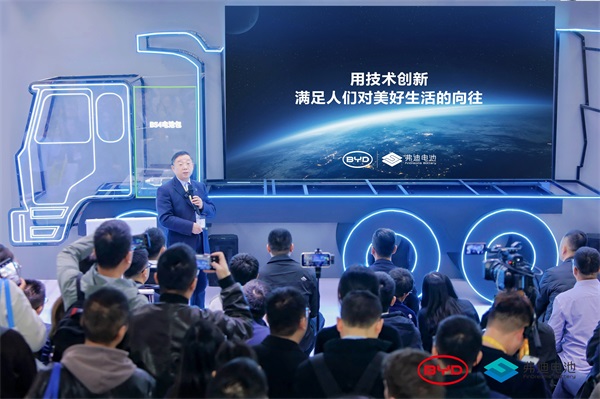How to charge lifepo4 battery with power supply: Steps and Precautions

Charging a LiFePO4 battery with a power supply is a practical method, especially when you have an adjustable power supply available. However, due to the specific charging requirements of LiFePO4 batteries, it is crucial to follow the correct steps and take necessary precautions to ensure safety and battery longevity. This article explains how to charge a LiFePO4 battery and what to avoid.
Step 1: Check the Battery Specifications
Before starting, it is essential to understand the battery's voltage and current ratings. The nominal voltage of a typical LiFePO4 battery is 3.2V, with a fully charged voltage typically around 3.6V. If you're charging a 12V battery pack (usually consisting of 4 cells in series), the voltage should be set to 14.4V. Check the battery's datasheet for the exact charging parameters.
Step 2: Set the Power Supply Voltage
Adjust the power supply to match the battery's charging voltage. For a single 3.2V LiFePO4 cell, set the voltage to 3.6V. For a 12V battery pack, set the voltage to 14.4V. Do not exceed the recommended voltage to avoid overcharging, which could lead to thermal runaway or damage to the battery.
Step 3: Set the Current Limit
LiFePO4 batteries are typically charged at a rate of 0.5C to 1C (where C is the battery capacity). For example, if you have a 10Ah battery, it is recommended to charge at a current of 5A to 10A. Most power supplies allow you to set a current limit, so set it to an appropriate value based on the battery's capacity. If your power supply doesn't have a current limit, it's best to closely monitor the charging process.
Step 4: Connect the Battery to the Power Supply
Ensure the battery is connected correctly: the positive terminal of the power supply to the positive terminal of the battery, and the negative terminal of the power supply to the negative terminal of the battery. Incorrect connections can cause damage or even pose a danger.
Step 5: Start Charging
Turn on the power supply and monitor the voltage and current. Ensure that the charging process stays within the recommended voltage and current parameters. Most power supplies allow you to monitor real-time data, and some even offer options to record the charging process.
Step 6: Monitor the Charging Process
During charging, it is crucial to monitor the temperature of the battery and ensure it doesn't overheat. LiFePO4 batteries are generally safe, but you should always charge them in a well-ventilated area, away from flammable materials. If the temperature rises too high, immediately disconnect the power supply.
Step 7: End the Charging Process
Once the battery reaches its full voltage (typically 3.6V per cell or 14.4V for a 12V pack), the charging process should be complete. Some power supplies automatically stop charging when the set voltage is reached. If your power supply doesn't automatically cut off, you should manually disconnect the power once the battery reaches its full voltage.
What to Avoid When Charging LiFePO4 Batteries
1. Using an incompatible charger
Using a charger designed for other types of lithium batteries or lead-acid batteries can lead to overcharging, undercharging, or imbalance, resulting in reduced capacity, shortened cycle life, or safety hazards.
2. Charging the battery at temperatures below 0°C / 32°F or above 45°C / 113°F
Charging the battery at extreme temperatures can cause irreversible damage to the internal structure and chemistry of the battery, leading to capacity loss, increased internal resistance, or thermal runaway. Always charge the battery within the manufacturer's recommended temperature range. Charging at the correct temperature will make the charging time less of a concern, as the battery will charge more efficiently.
3. Charging the battery when it is deeply discharged or over-discharged
If the battery voltage drops below the minimum limit (typically around 2.5V per cell), charge it as soon as possible to prevent further degradation. If the voltage drops below the cutoff limit (typically around 2V per cell), you may not be able to charge it at all, and the battery may need to be replaced.
4. Charging batteries in series or parallel without proper protection or balancing
If you're connecting multiple batteries in series or parallel to increase voltage or capacity, you must use a Battery Management System (BMS) or a balancer to monitor and control the voltage and current of individual cells. Without proper balancing, you risk overcharging, undercharging, or imbalance, which can damage the batteries or create safety issues.
LiFePO4 batteries are an excellent choice for applications that require high performance, long lifespan, safety, low cost, and environmental friendliness. By understanding the correct way to charge a LiFePO4 battery using a power supply and avoiding common mistakes, you can ensure optimal performance and long-term durability. If you encounter any technical issues, feel free to contact our technical support team.

